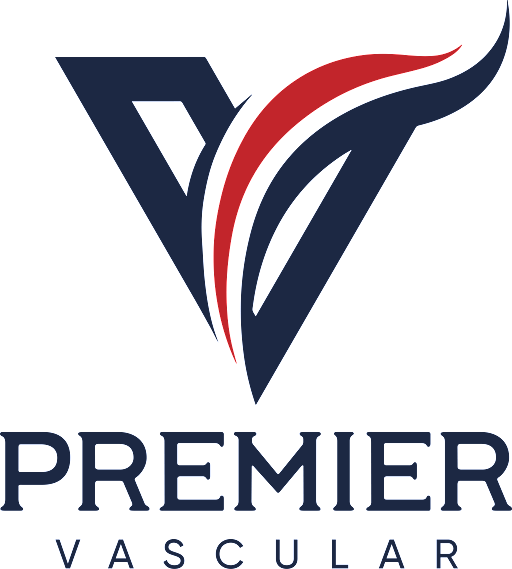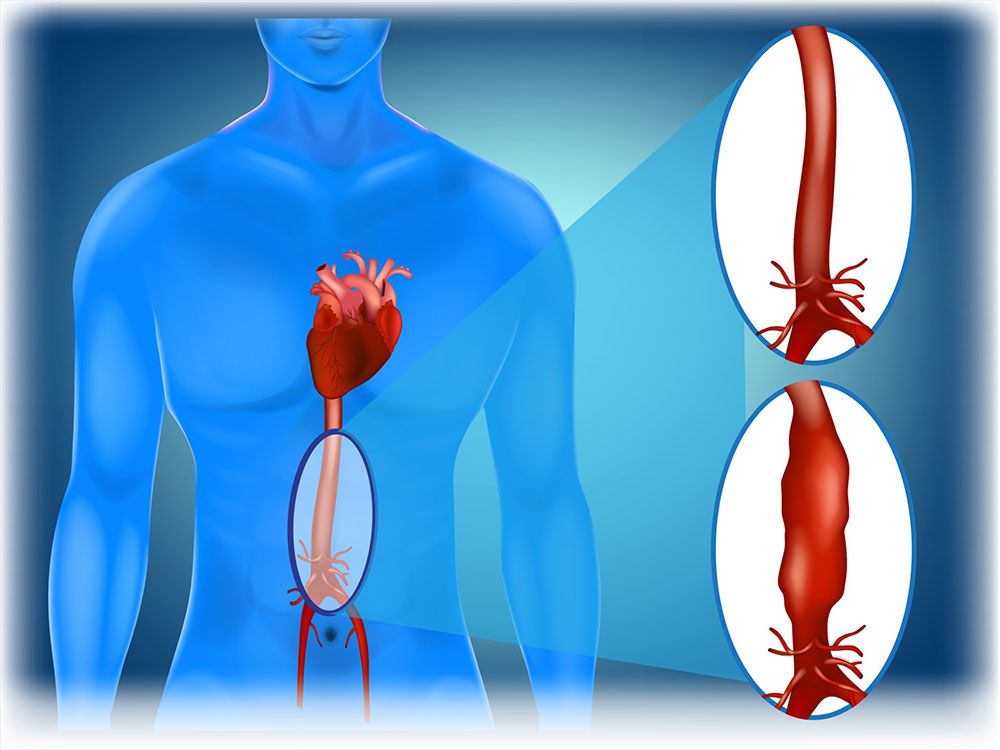Aneurysmal Disease (AAA, TAAA, Popliteal Aneurysm, etc)
What is an Abdominal Aortic Aneurysm (AAA)?
Abdominal aortic aneurysms (AAA) stem from the gradual weakening of the aortic wall, resulting in its ballooning. If left untreated, these aneurysms can expand and potentially rupture. Predominantly affecting the aorta, the body’s primary chest and abdominal artery, AAA poses a significant risk to vital organ and limb blood flow.
Ruptured aneurysms stand as the 10th leading cause of mortality in men over 50. In the event of a rupture, prompt medical intervention becomes crucial to avert life-threatening consequences.
What causes an AAA?
The integrity of the aortic wall relies on proteins like elastin and collagen, akin to how muscles and tendons fortify limbs. An AAA emerges from the progressive degradation of these proteins, fostering weakness in the aortic wall and subsequent ballooning. While aging typically contributes to the decline of collagen and elastin, infection can also trigger aneurysms. Despite advancements, much remains to be unveiled regarding the etiology and progression of aneurysms.
Risk Factors at a Glance:
- Age exceeding 60 years
- Family history of AAA, particularly among males
- Tobacco usage
- Hypertension (high blood pressure)
The susceptibility to AAA escalates with age, with men exhibiting a five to tenfold higher incidence rate compared to women. Smokers face an eightfold increased risk compared to non-smokers.
How is a AAA Diagnosed?
While physical examinations offer insights, contemporary diagnostic tools like ultrasound scans and CAT scans provide a more precise assessment. These non-invasive procedures, typically conducted on an outpatient basis, not only confirm the presence of AAA but also gauge its size—crucial for devising optimal treatment strategies.
Timely detection empowers safe and effective interventions, potentially curing the aneurysm. Often, aneurysms are incidentally discovered during unrelated medical evaluations. Given the silent nature of asymptomatic aneurysms, proactive discussions with healthcare providers are important, especially for individuals deemed at risk.
Tailored AAA Treatment Solutions
Endovascular Aneurysm Repair: An AAA surpassing 5-6 centimeters in diameter warrants immediate attention. Decisions regarding intervention hinge on various factors, including the risk of rupture, surgical complexities, and the patient’s overall health profile. Smaller aneurysms inducing discomfort or exhibiting rapid enlargement may also necessitate intervention.
Premier Vascular offers both open surgical and endovascular techniques tailored to each patient’s unique needs.

